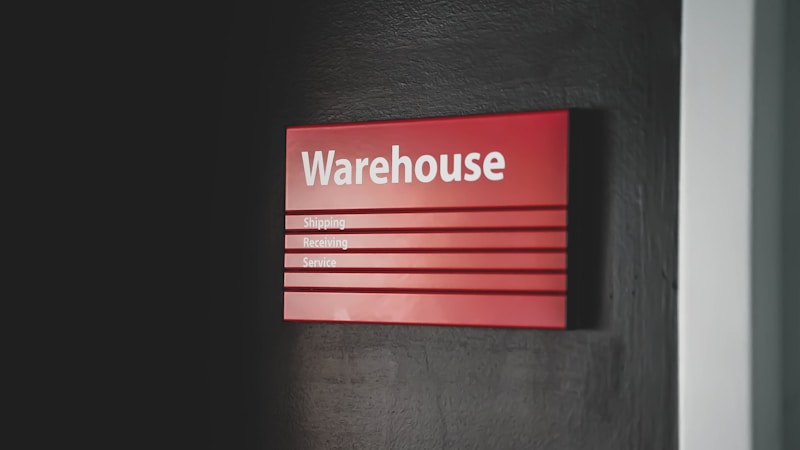16 Questions
What does microeconomics examine?
The behavior of individual economic agents such as households and firms
What is the mechanism by which markets allocate resources and determine prices?
Supply and demand
What is the law of supply?
As the price of a good increases, the quantity supplied also increases, assuming all other factors remain constant
Which branch of economics focuses on large-scale economic phenomena such as inflation, unemployment, and economic growth?
Macroeconomics
What are the two fundamental forces that determine the price of a good or service?
Supply and demand
What concept examines how consumers respond to changes in price and income?
Price elasticity
What does the law of demand state?
As the price of a good or service increases, the quantity demanded will decrease
What is the intersection of the supply and demand curves at their point of intersection called?
Equilibrium point
How is price elasticity defined?
Percentage change in price divided by percentage change in quantity demanded
When is a good considered elastic?
When its price elasticity is greater than 1
What does consumer behavior study?
How individuals make decisions about what goods and services to buy and how much to pay for them
What influences consumer behavior?
Personal preferences, income, and prices of other goods and services
What is market equilibrium?
The state where quantity supplied equals quantity demanded
What happens when there is excess demand in the market?
The market is said to be in a state of shortage
Why is understanding consumer behavior important for businesses?
To make better marketing and pricing decisions
What is considered when studying producer behavior?
Production costs, technology, and input prices
Study Notes
Economics, Price System, and the Microeconomy: Understanding Supply and Demand, Price Elasticity, Consumer Behavior, Producer Behavior, and Market Equilibrium
Economics is the study of how individuals, businesses, and governments allocate scarce resources to satisfy unlimited wants and needs. It is divided into two main branches: macroeconomics, which focuses on large-scale economic phenomena such as inflation, unemployment, and economic growth, and microeconomics, which examines the behavior of individual economic agents such as households, firms, and industries.
One of the key concepts in microeconomics is the price system, which is the mechanism by which markets allocate resources and determine the prices at which goods and services are exchanged. In this article, we will explore the relationship between the price system and the microeconomy, as well as the subtopics of supply and demand, price elasticity, consumer behavior, producer behavior, and market equilibrium.
Supply and Demand
Supply and demand are the two fundamental forces that determine the price of a good or service. The law of supply states that as the price of a good or service increases, the quantity supplied will also increase, assuming that all other factors remain constant. Conversely, the law of demand states that as the price of a good or service increases, the quantity demanded will decrease, assuming that all other factors remain constant.
The intersection of the supply and demand curves at their point of intersection is called the equilibrium point. At this point, the quantity supplied equals the quantity demanded, and the price is called the equilibrium price. Any deviation from the equilibrium point will result in an excess supply or an excess demand, which will create a pressure for the market to return to equilibrium.
Price Elasticity
Price elasticity is a measure of the responsiveness of the quantity demanded to changes in the price of a good or service. It is defined as the percentage change in the quantity demanded divided by the percentage change in the price. A good is considered elastic if its price elasticity is greater than 1, meaning that a small change in the price will result in a large change in the quantity demanded. A good is considered inelastic if its price elasticity is less than 1, meaning that a small change in the price will result in a small change in the quantity demanded.
Consumer Behavior
Consumer behavior is the study of how individuals make decisions about what goods and services to buy and how much to pay for them. It is influenced by a variety of factors, including personal preferences, income, and the prices of other goods and services. Understanding consumer behavior is important for businesses because it can help them make better marketing and pricing decisions.
Producer Behavior
Producer behavior is the study of how firms make decisions about what goods and services to produce and how much to produce them. It is influenced by a variety of factors, including production costs, technology, and the prices of the inputs used in production. Understanding producer behavior is important for businesses because it can help them make better production and pricing decisions.
Market Equilibrium
Market equilibrium is the state in which the quantity supplied equals the quantity demanded, and the price is the equilibrium price. At this point, the market is said to be in a state of balance, and there is no excess supply or excess demand. When there is excess supply, the market is said to be in a state of surplus, and when there is excess demand, the market is said to be in a state of shortage.
In conclusion, the price system is a crucial component of the microeconomy, and understanding concepts such as supply and demand, price elasticity, consumer behavior, producer behavior, and market equilibrium is essential for making informed decisions about how to allocate resources and satisfy wants and needs. By studying these concepts, we can gain a deeper understanding of how markets function and how they can be used to improve our lives.
Test your knowledge about supply and demand, price elasticity, consumer behavior, producer behavior, and market equilibrium in the context of microeconomics and the price system. Explore the fundamental forces that determine prices, the responsiveness of quantity demanded to price changes, and the decision-making processes of consumers and producers.
Make Your Own Quizzes and Flashcards
Convert your notes into interactive study material.




